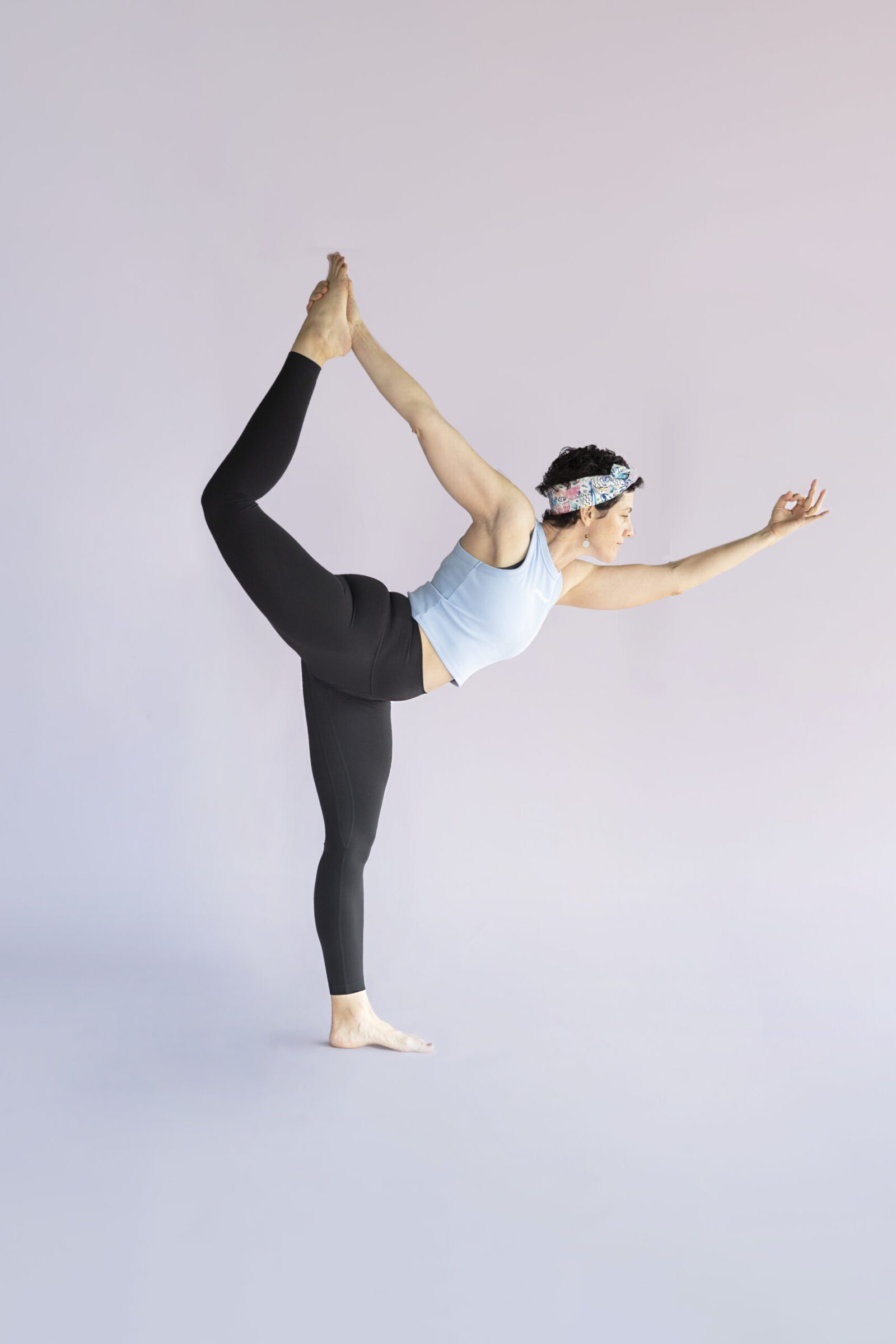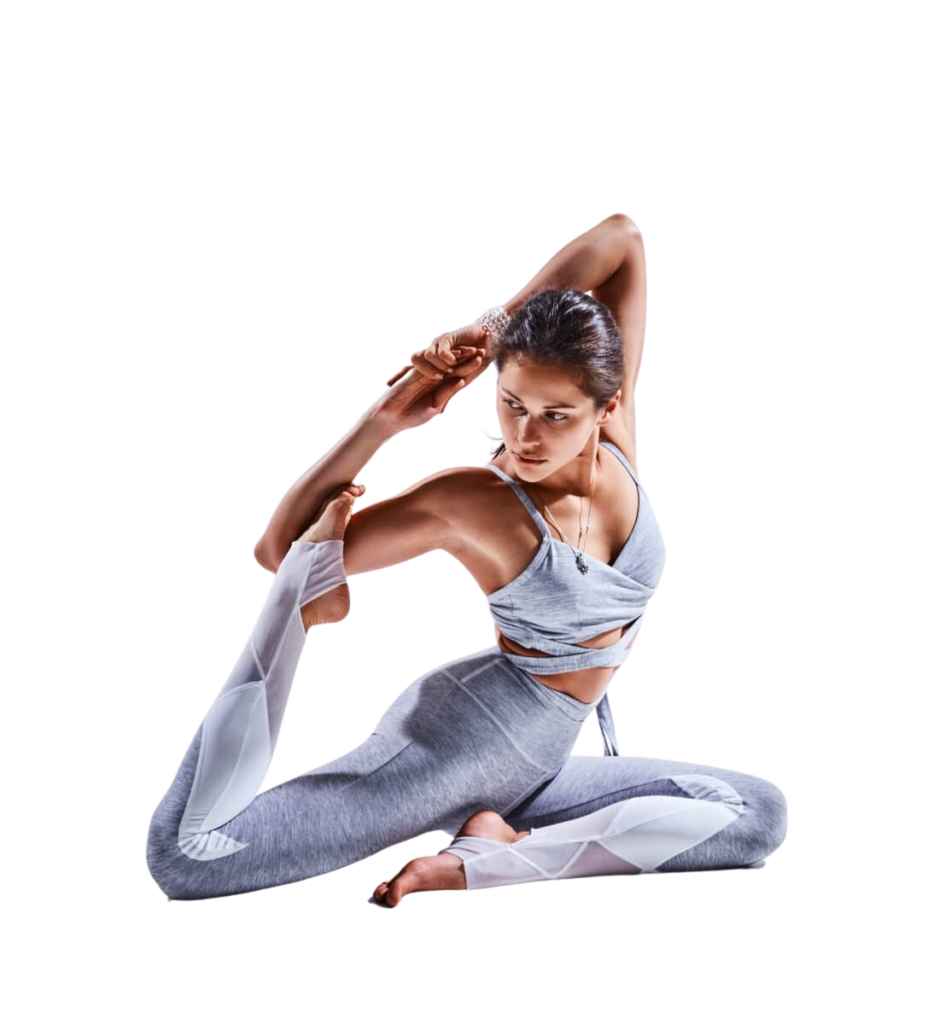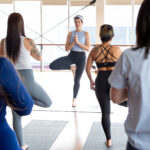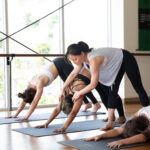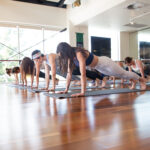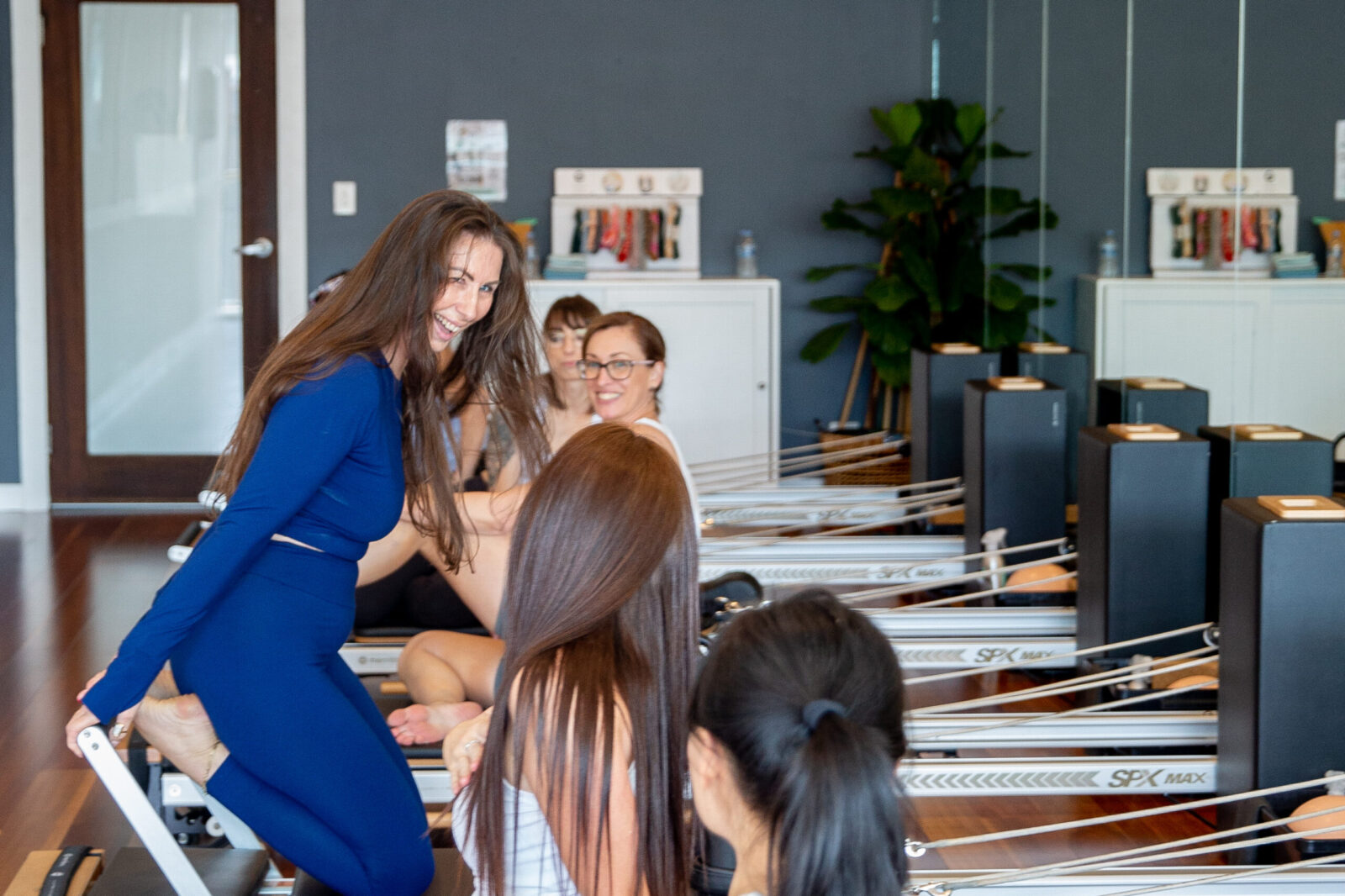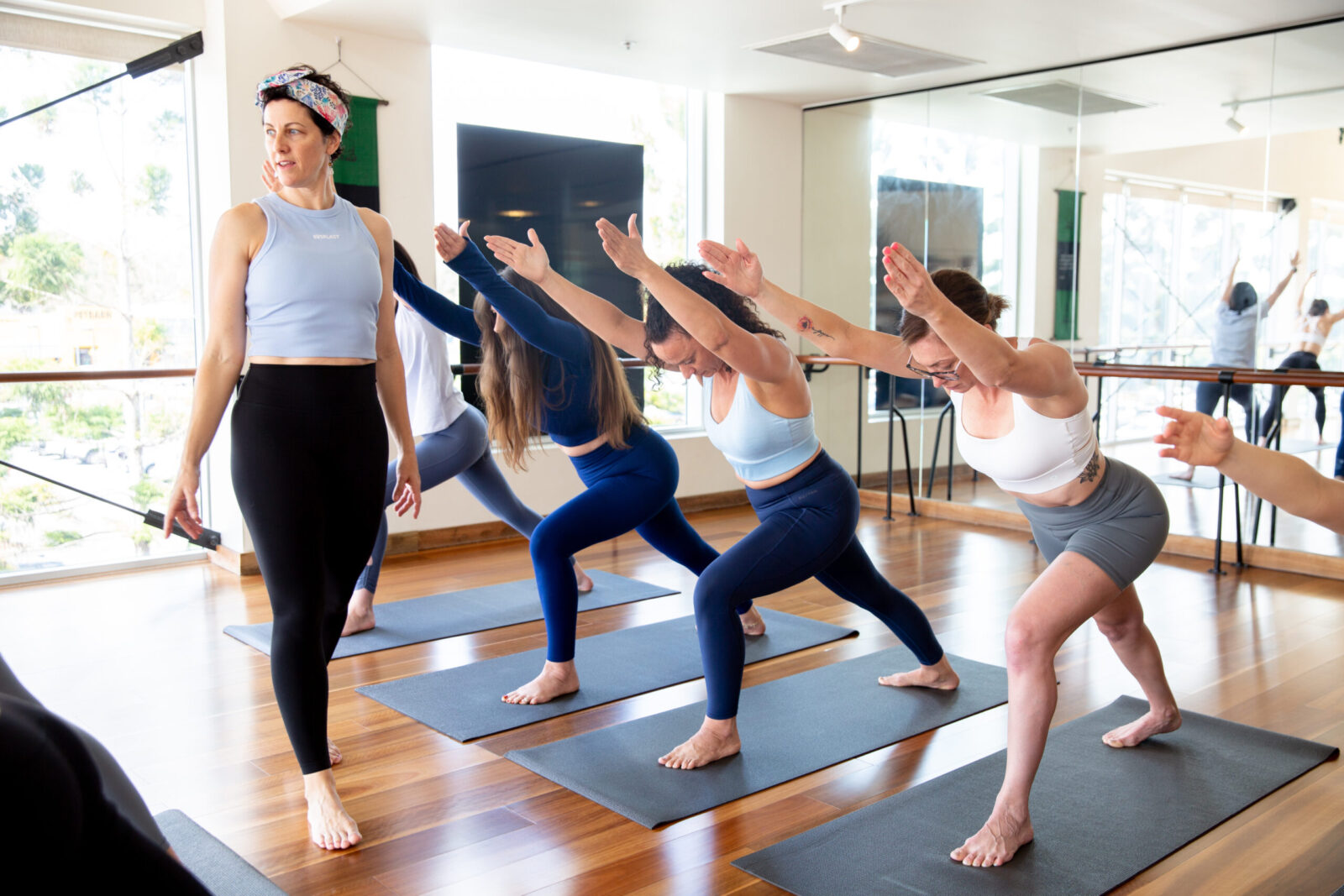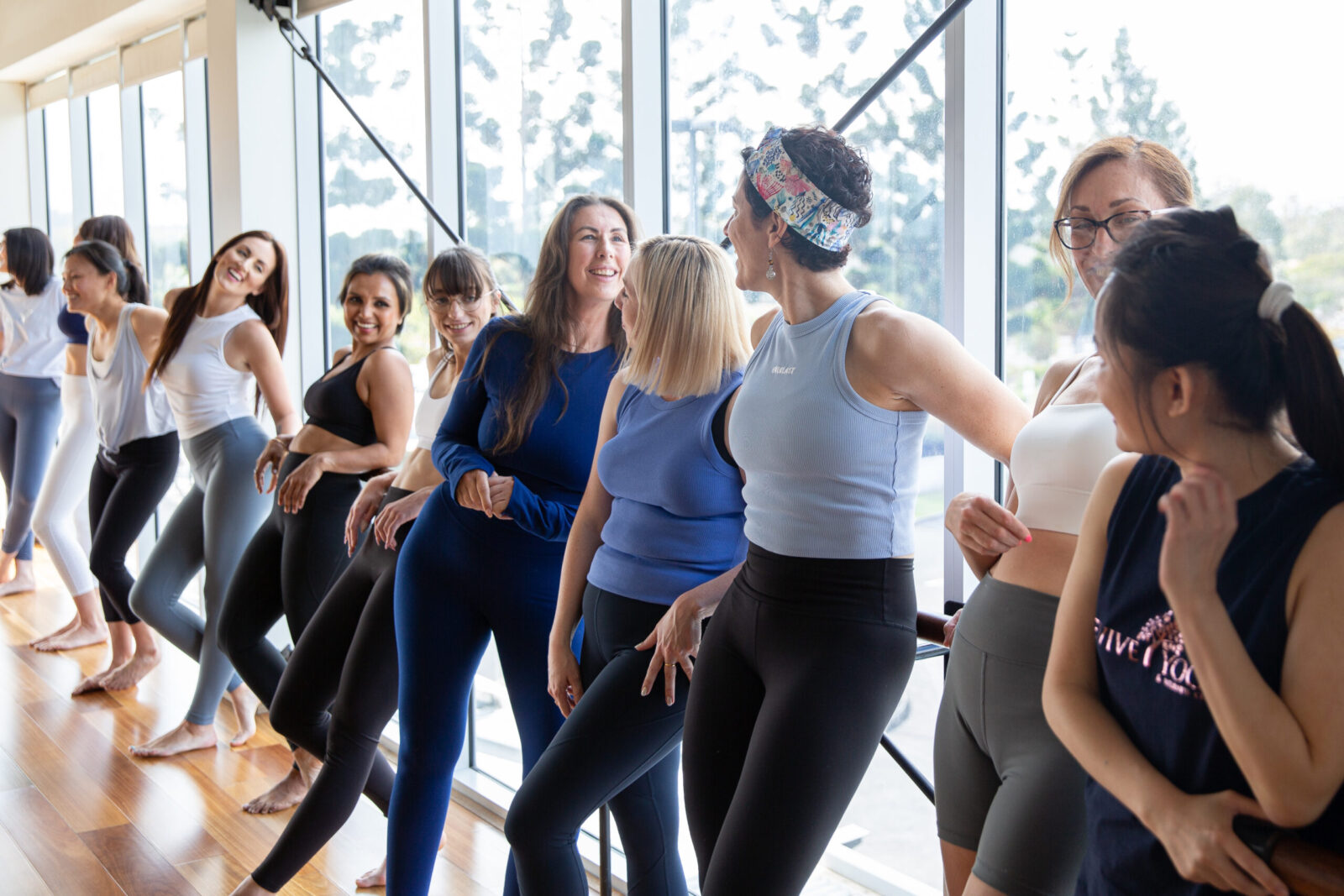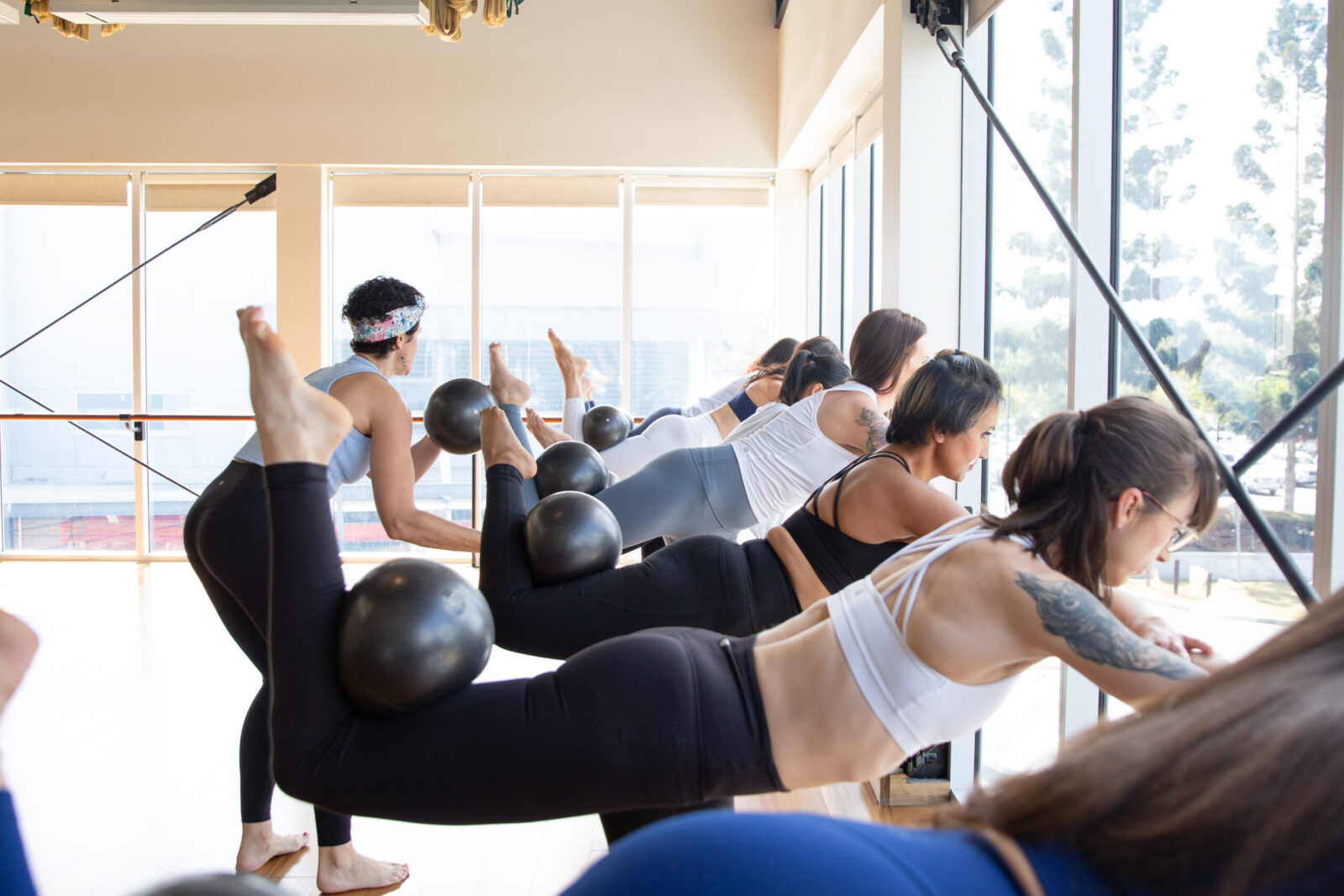Are you tired of feeling overwhelmed and stressed out? Spring is the perfect time to unlock your inner peace and let go of all that tension. And what better way to do it than with yoga? In this blog post, we’ve compiled a list of 5 powerful yoga poses specifically designed to help relieve stress. Whether you’re a seasoned yogi or someone who has never stepped onto a mat before, these poses are guaranteed to bring tranquility into your life. So grab your yoga mat, take a deep breath, and get ready to find your Zen.
Benefits of yoga for stress relief during spring
Spring is a season of growth and renewal, but it can also bring about feelings of stress and overwhelm. As the days get longer and busier, it’s important to take some time for yourself and find ways to alleviate the tension in your mind and body. One effective way to do this is through the practice of yoga.
Yoga has been used for centuries as a tool for reducing stress and promoting relaxation. It combines physical postures, breathing techniques, meditation, and mindfulness to create a holistic approach to wellness. With regular practice, yoga can help you tap into your inner peace and find balance amidst the chaos of daily life.
Incorporating yoga into your routine for stress relief:
1. Reduces muscle tension: Stress often manifests in our bodies as muscle tension or tightness. This can lead to discomfort or pain in various areas such as our neck, shoulders, back, or hips. Yoga postures not only stretch out these muscles but also promote relaxation through deep breathing. By consciously releasing any physical tightness in our bodies, we can release mental tension as well.
2. Relieves anxiety: The changing seasons can sometimes trigger feelings of anxiety or restlessness within us. Practicing yoga helps calm the nervous system by activating our parasympathetic response (also known as rest-and-digest mode). This helps quieten racing thoughts and bring a sense of calmness to both the mind and body.
3. Increases self-awareness: When we’re feeling overwhelmed sometimes simply being aware of how you are feeling and giving yourself a break can be just the trick. We often ignore what we need to get what we need to get done.
Understanding the connection between mind, body, and stress
The mind and body are intricately connected, with each one influencing the other. This connection is particularly evident when it comes to stress. Stress can have a profound impact on both our mental state and physical well-being.
When we experience stress, our body goes into a fight or flight response, releasing hormones such as adrenaline and cortisol. These hormones prepare us for perceived danger by increasing heart rate, blood pressure, and respiration. While this response is helpful in short bursts, prolonged exposure to stress can lead to negative effects on our health.
Stress can manifest itself in various ways, including headaches, muscle tension, digestive issues, sleep disturbances, anxiety, and depression. It also weakens the immune system and increases the risk of chronic diseases such as hypertension and diabetes.
Yoga has been proven to be an effective tool for managing stress because it addresses both the mind and body simultaneously. Through yoga practice, we can learn how to calm the mind while also relaxing tense muscles and promoting overall physical relaxation.
One of the main principles of yoga is breath control or pranayama. By focusing on slow deep breathing during yoga poses (asanas), we activate the parasympathetic nervous system which counteracts the fight or flight response triggered by stress. This leads to a state of relaxation where heart rate and blood pressure decrease while digestion improves.
5 Yoga poses for stress relief:
Yoga is known for its numerous physical and mental benefits, including stress relief. In today’s fast-paced world, it’s all too common to feel overwhelmed and stressed out. Fortunately, incorporating specific yoga poses into your daily routine can help alleviate stress and promote a sense of calmness and inner peace. Here are some powerful yoga poses that you can practice this spring to unlock your inner peace and relieve stress.
1. Child’s Pose
2. Forward Fold
3. Seated Spinal Twist
4.Legs Up Wall
5.Savasana
Now lets breakdown each pose one by one.
Child’s Pose
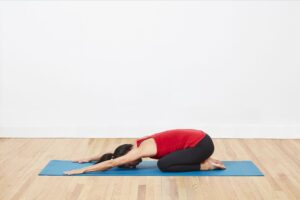
Child’s Pose, also known as Balasana in Sanskrit, is a gentle and restorative yoga pose that is often used as a resting position during a yoga practice. It is a simple yet powerful pose that can bring about deep relaxation and release tension from the body.
To begin, come to a kneeling position on your mat with your big toes touching and your knees hip-width apart. Slowly lower your hips back towards your heels as you exhale. Allow your forehead to rest on the mat, or if this is uncomfortable, place a block or pillow underneath for support.
In Child’s Pose, the arms can be extended forward in front of you with palms facing down for a more active stretch or by placing them alongside the body with palms facing up for a more restful pose. Choose whichever variation feels better for you and allow yourself to surrender into the posture.
As you settle into Child’s Pose, focus on slow and steady breathing. With each inhale, feel your belly expand against your thighs; with each exhale, let go of any tension or stress in your body. This pose encourages deep diaphragmatic breathing which helps to calm the mind and relieve anxiety.
Child’s Pose also has many physical benefits such as stretching out the hips, thighs, ankles, and back muscles. It can also help alleviate tension in the neck and shoulders which are common areas where we hold stress.
Forward Fold

Forward fold, also known as Uttanasana in Sanskrit, is a popular yoga pose that helps to release tension and stress from the body. It is an excellent posture for calming the mind and promoting relaxation.
To practice this pose, start by standing tall with your feet hip-width apart and arms by your side. Take a deep breath in, lengthening through your spine, and as you exhale, begin to slowly bend forward at the hips. Keep your knees slightly bent if needed to avoid any strain on your lower back.
As you continue to fold forward, allow your upper body to hang heavy towards the ground. You can rest your hands on the floor or grab hold of opposite elbows for a deeper stretch. Feel free to sway gently from side to side or nod your head yes and no to release any tension in the neck.
It’s essential to focus on keeping a long spine rather than trying to touch the ground with your fingertips. If you have tight hamstrings, it’s perfectly fine to keep a slight bend in the knees throughout the pose.
As you hold this posture for several breaths, try to relax any areas of tension in your body consciously. Imagine releasing all worries and stress with each exhalation.
Seated Spinal Twist

The seated spinal twist, also known as Ardha Matsyendrasana, is a powerful yoga pose that helps to relieve stress and tension in the back, shoulders, and neck. It is named after the great yogi Matsyendra who was believed to be able to turn his body into any shape he desired.
To begin this pose, sit comfortably on your mat with your legs extended straight in front of you. Bend your right knee and bring your foot over to the outside of your left thigh, placing it flat on the ground. Keep your left leg extended straight out in front of you.
Next, place your right hand behind you for support and inhale deeply as you lift your left arm up towards the ceiling. As you exhale, twist gently from the waist towards your right side while keeping both hips rooted on the ground.
With each inhale, lengthen through your spine and feel yourself growing taller. With each exhale, deepen the twist by gently pressing against your right thigh with your left elbow.
Hold this pose for 5-8 deep breaths before releasing and repeating on the other side.
The seated spinal twist not only helps to release tension in the back but also improves digestion and stimulates abdominal organs. It also helps to open up the chest and shoulders which can become tight when experiencing stress or anxiety.
Legs Up the Wall
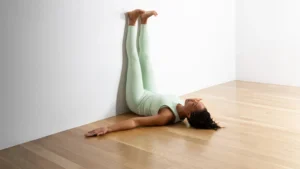
The Legs Up the Wall pose, also known as Viparita Karani in Sanskrit, is a simple yet powerful yoga posture that can help relieve stress and anxiety. This pose involves lying on your back with your legs resting vertically against a wall, creating an inverted “L” shape with your body. It may seem like a passive pose, but it has numerous benefits for both the mind and body.
To practice this pose, find an open wall space where you can comfortably lie down with your legs extended upwards. Sit sideways next to the wall and gently swing your legs up against the wall while simultaneously lowering your back onto the ground. Adjust yourself until you are comfortable and feel supported by the floor and wall.
Savasana (Corpse Pose)
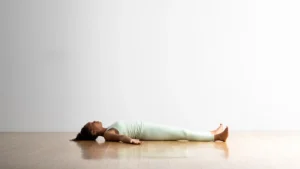
Savasana, also known as the Corpse Pose, is often considered to be one of the most important and beneficial yoga poses for relaxation and stress relief. It is typically practiced at the end of a yoga session as a way to allow the body and mind to rest and rejuvenate. The name “corpse pose” may sound morbid, but it actually represents the state of complete surrender and relaxation.
To practice Savasana, begin by lying flat on your back with your arms resting comfortably by your sides, palms facing up. Allow your feet to fall open naturally and close your eyes. Take a few deep breaths, focusing on inhaling through your nose and exhaling through your mouth. As you continue to breathe deeply, scan your body for any tension or tightness and consciously release it with each exhale.
The physical benefits of Savasana include reducing blood pressure and heart rate, calming the nervous system, relieving fatigue and insomnia, improving digestion, and releasing tension in muscles throughout the body.
But perhaps even more importantly, Savasana has numerous mental benefits that can help alleviate stress and anxiety. By allowing ourselves to fully relax in this pose, we are able to let go of thoughts about our daily stresses or worries about the future. Instead, we focus on being present in the moment and connecting with our inner selves.
Tips for incorporating these poses into a daily routine
Incorporating yoga poses into your daily routine is a great way to reduce stress and promote inner peace. Here are some useful tips for making these poses a regular part of your day:
1. Set aside a specific time each day: One of the most important things you can do to incorporate yoga into your daily routine is to set aside a specific time for it. This could be in the morning before starting your day or in the evening as a way to unwind after work. By carving out dedicated time for yoga, you are more likely to stick with it and make it a consistent practice.
2. Start with short sessions: When first incorporating yoga into your daily routine, it can be overwhelming to commit to long sessions. Instead, start small by setting aside 10-15 minutes each day for yoga. As you become more comfortable with the poses and routines, you can gradually increase the length of your sessions.
3. Choose poses that target stress relief: There are many different types of yoga poses, but some specifically focus on relieving stress and promoting relaxation. These include child’s pose, cat-cow stretch, downward facing dog, and seated forward fold among others. Incorporating these poses into your routine will help you release tension and calm both your mind and body.
4. Make use of props: If you’re new to yoga or struggle with certain poses due to mobility limitations, don’t be afraid to use props such as blocks or straps to assist you in achieving proper alignment and comfort
Additional techniques for stress relief through yoga:
Aside from the basic yoga poses mentioned in the previous section, there are also other techniques that can help you unlock your inner peace this spring. These additional techniques focus on specific areas of the body and mind, helping to release tension and promote relaxation.
a) Breathing exercises: Pranayama, or yogic breathing, is an essential aspect of any yoga practice. It involves conscious control and manipulation of the breath to calm the mind and relax the body. One simple yet effective technique is called “deep belly breathing” or “diaphragmatic breathing.” To do this, sit comfortably with your back straight and place one hand on your chest and the other on your belly. Inhale deeply through your nose, allowing your belly to expand fully as you fill up with air. Exhale slowly through pursed lips, drawing your navel towards your spine to completely empty out your lungs. Repeat this cycle for a few minutes, focusing all your attention on each inhalation and exhalation.
b) Restorative poses: Restorative yoga focuses on deep relaxation by using props such as blankets, bolsters, and blocks to support the body in different positions. These poses are held for longer periods (usually 5-10 minutes), allowing time for the muscles to release tension and for the mind to quiet down. Some restorative poses that are especially beneficial for stress relief include supported child’s pose (balasana), reclined bound angle
Yoga classes near you
Finding a community is another great way to relieve stress. A great way to feel confident in these yoga poses is to learn them in a group setting. A great option for yoga classes can be found here.

